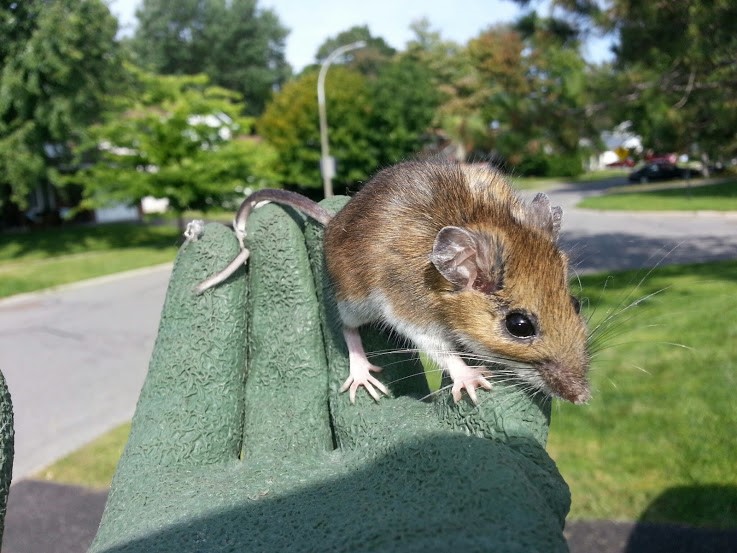You’re using different rodent poisons, but noticing it’s doing nothing to reduce mouse activity inside your home. Well mice are advanced creatures adapting to different and new environments. They’ve become used to coexisting with people and the dangers that can bring. Mice can easily become immune to the poison you’re using.
What is warfarin?
Warfarin is an anticoagulant used by many Ottawa area pest control companies and sold in hardware stores to kill mice. It forms blood clots in blood vessels that migrate elsewhere in body. It’s the most widely used oral anticoagulant drug in North America. It was introduced as pest control in 1948. In the early 1950s it was discovered warfarin was effective and relatively safe for preventing thrombosis and thromboembolism. The name warfarin comes from its discovery at the University of Wisconsin.

A common house mouse.
Mice have evolved
Since its discovery warfarin has been heavily used around the world to control mice and rat populations. A reliance on warfarin to kill rodents has resulted in the development of warfarin-resistant species of mice and rats. The first detection of rodent resistance occurred in rats in Scotland in 1958.
Basically mice have a genetic mutation to be immune to warfarin. The mutation to vkorc1, a gene found in all mammals that manages vitamin K, makes mice resistant to the anticoagulant. Warfarin works to reduce vitamin K creating blood clots. So, the production of more vitamin K is the obvious way to overcome poisoning. Mice have evolved to become poison resistant. Genes adapt through spontaneous mutations during DNA replication. There is also evidence to suggest that mice have developed the ability to metabolize warfarin more quickly therefore reducing its effect.
In one study, Algerian mice acquired the mutation to counter a vitamin K deficient diet in the desert. Horizontal gene transfer is generally associated with microbes, but rodents produce so fast that resistance could be transferred from Algerian mice to house mice. Scientists speculate Algerian mice have passed the resistant genome into house mice in Spain or North Africa deserts where the species geographically overlap.



